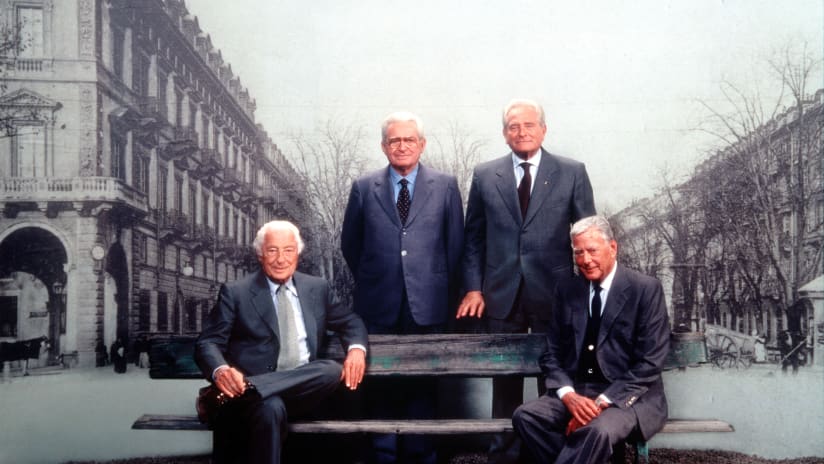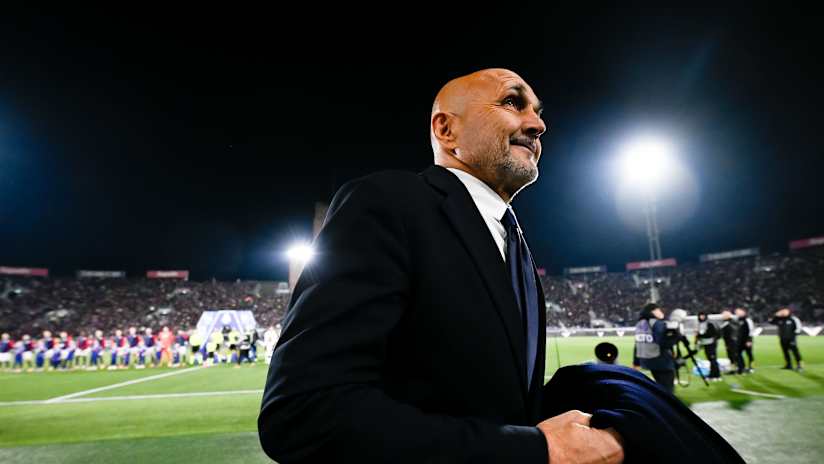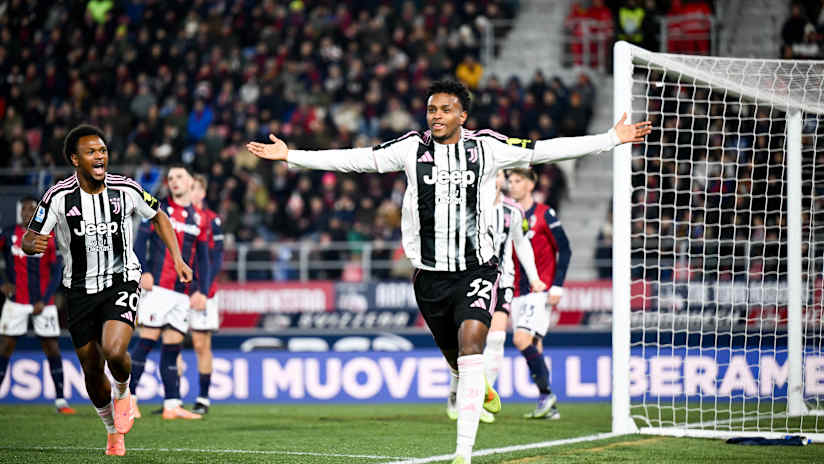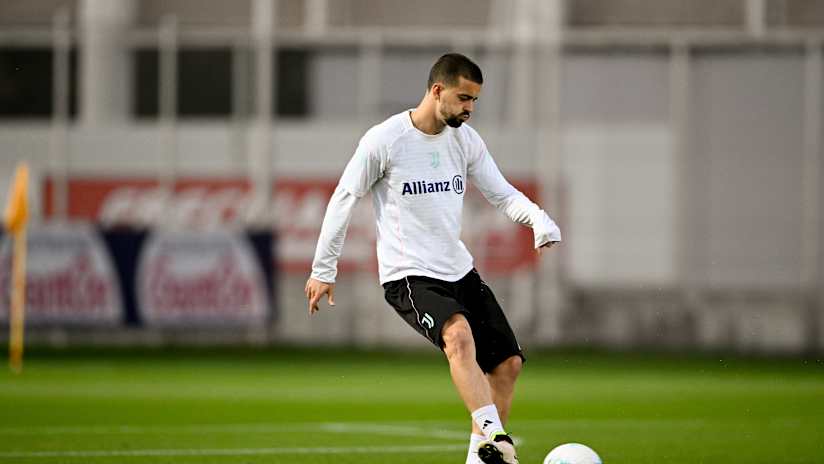24 July 2023
"Agnelli" and "Juventus": two inseparable words that go hand in hand, intertwining decades (ten, in fact) of legend, of passion, of infinite love. Of joy, of trophies, of smiles, of goals, of champions.
Decades with a common denominator: the life of a city, a family and a club, enclosed by a single DNA.
You can call it "Juve style", or simply "Juventus". Because sometimes, one word is more than enough.
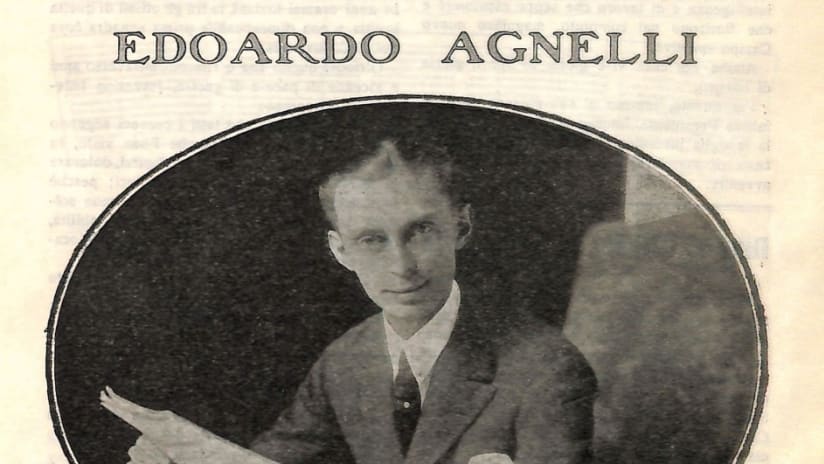
1. WHERE IT ALL STARTED
"The recent Ordinary General Assembly of Members appointed, by acclamation, the Acting President of our Company, the Advocate Edoardo Agnelli. Endowed with fervid intelligence, great affability and that much experience of the world, of life, of work which he has been able to buy by actively collaborating in the management of large companies with his illustrious father, Senator Giovanni Agnelli; a passionate lover of all kinds of sports, an extremely expert motorist, director of the Società Torinese per le Corse dei Corse, honorary president of the Gruppo Sportivo FIAT. He brings to our club, together with his precious work, a name that lights up with one of the highest Italian sporting glories, with one of the most wonderful creations of intelligence and human work: the glory of sport, the glory of work!
"FC Juventus is grateful to him for having accepted the Presidency of the Company, and is proud to have him at its head as a worthy leader.
"Worthy for the rich history of struggles and victories which makes it the most glorious football club in Turin, worthy for all the effort and work put in to complete the magnificent new sports field.
"For this reason, around its young, illustrious, active President, around Edoardo Agnelli, the Juventus family gathers serenely and confidently, certain of progressing with him towards a bright future."
24 July 1923: Edoardo Agnelli becomes President of Juventus. He will remain in office until his death in 1935.
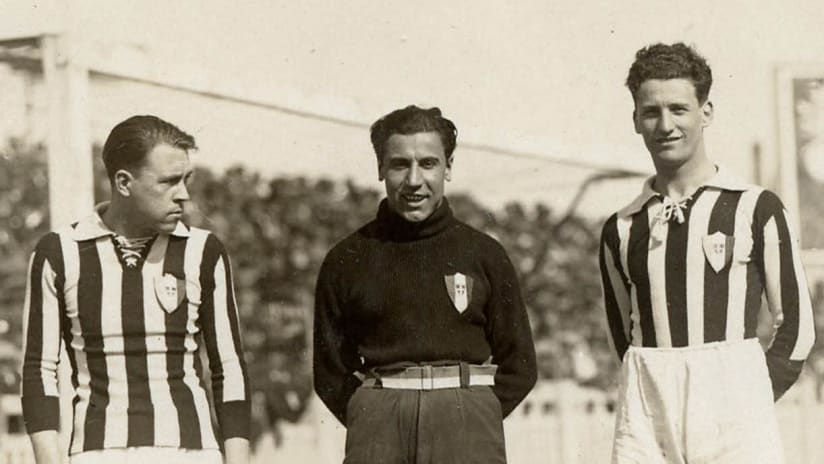
2. THE FIRST OF A LONG SERIES
In 1926, Juventus earned a second league triumph in its history, thanks to a memorable encounter against Alba Roma, winner of the Lega Sud group (at that time, there was no talk of a single championship yet), with Juve having achieved Lega Nord group success after three challenging matches against Bologna.
On 8 August, in Turin, the capital club was swept away in stunning fashion as the Bianconeri registered an emphatic 7-1 win. Goalscorers on the day included Hirzer (hat-trick), Pastore (brace) Vojak I and Torriani. There were also three champions on the pitch who, many years later, would enter the squad of the 50 Juventus Legends: Carlo Bigatto, Giampiero Combi and Virginio Rosetta.
The match, played on a pitch in via Marsiglia, was only the first leg of the two-match final, yet the result was all but sewn up already. The Bianconeri would have to wait two weeks following the return match in Rome, which ended 5-0 in favour of the Turin side, to celebrate that season's success.
That 1925/26 Scudetto has an important historical value for the history of Juventus. Not only because it came more than 20 years after the first - registered in 1905 - but because it represents the first link between the Juventus club and the Agnelli family.
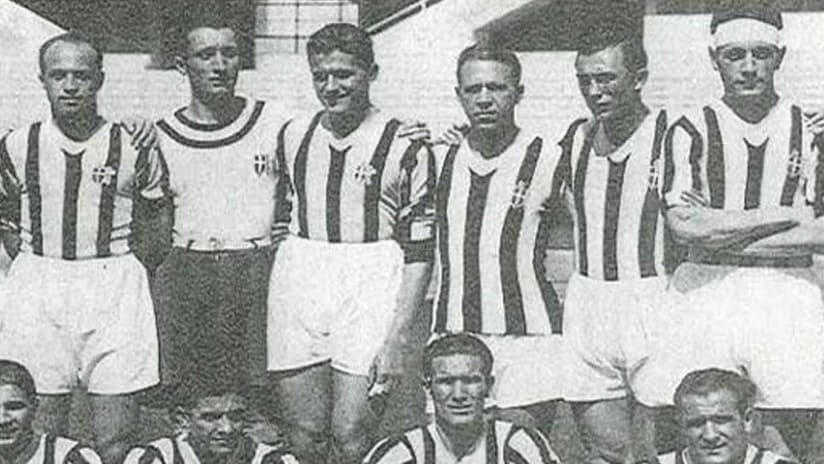
3. THE GOLDEN FIVE (THE FIRST)
On 2 June 1935, Juventus made history. With victory over Fiorentina on the last day of the season, a fifth consecutive Scudetto is secured.
The team is perhaps less spectacular than in previous seasons, but it is more solid in defence, led by the Bigatto-Gola partnership since December following Carcano's resignation. During those golden five years, Juve set an impressive number of records: from the maximum number of victories in the championship (25 in '30-31 and in '32-33) to the minimum number of defeats (just 4, in '30-31 and in '31-32); from the highest score in the standings (55 points in '30-31) to the record number of goals scored (89 in '31-32) and the lowest number of goals conceded (22 in '32-33); from the longest streak of matches without defeat (21 in '33-34) to the highest number of players fielded at the same time in the national team (9 in Italy - Hungary in October 1933). After the five consecutive championships, Juve became the envy of all clubs across Italy.
Less than a month later, Edoardo Agnelli would pass away in a tragic accident.
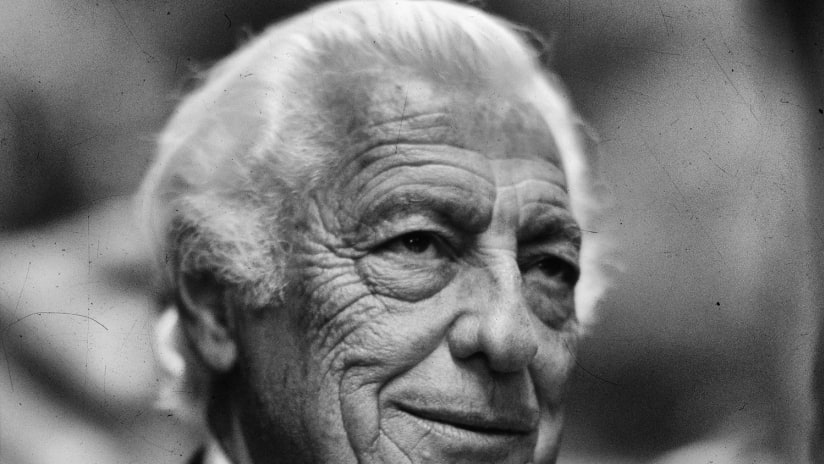
4. 1947: THE ADVOCATE'S TIME
On 22 July 1947, Gianni Agnelli was 26 years old,. The knot between Juventus and the Agnelli family was strengthened, and Juve had a new, very young president.
Under the guidance of Giovanni (this would be the only time he would hold this position, until 1954), Juve would win two Scudetti, in 1950 and then again two years later. There is a name that, on the pitch, writes the black and white history of those years: it is the name of Giampiero Boniperti. He was only 19 when, in 1947, the very year in which Gianni became President, Giampiero made his debut in the Juventus shirt.
During the years of Agnelli as President, the future Presidentissimo would score an average of 20 goals per season. Not bad for a kid.
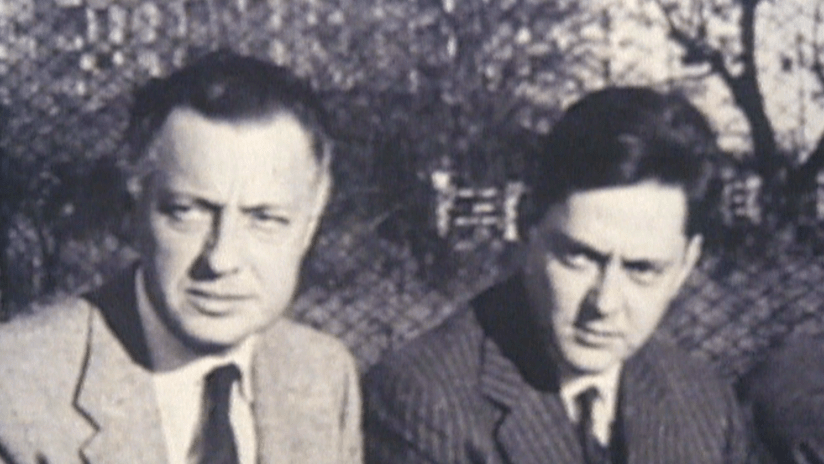
5. 1955-62: THE DOCTOR'S PRESIDENCY
Gianni Agnelli left the presidency of Juventus in 1954: after a year of interregnum, Umberto Agnelli took over the reins in 1955, first as Commissioner and a few months later as President, to lead the club in those extraordinary years of Italian flair, Argentine tango and Welsh temperament. We are talking about a trio of wonders, which can be summarised in one word: "BonipertiSivoriCharles".
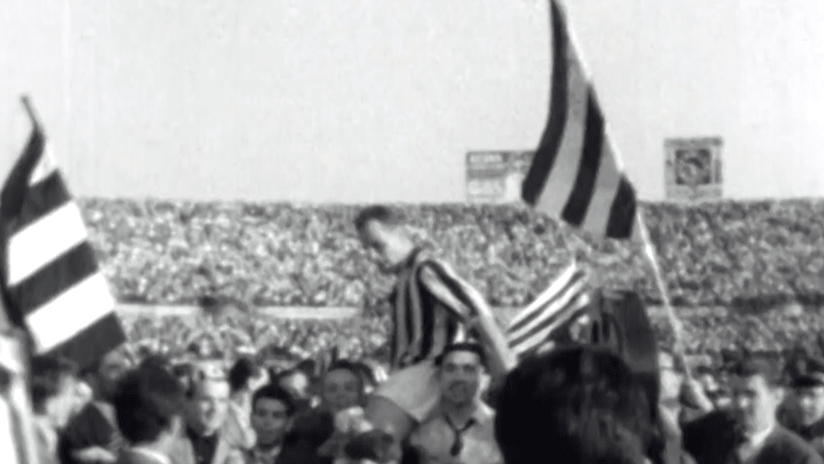
6. THE SCUDETTO OF THE FIRST STAR
There are many elements that made the 1958 Scudetto special. First of all, that undertaking acquired a historic significance because at the end of the season, the Governing Council of the Football League allowed clubs to sew a golden star on their shirts when they achieved their tenth title. And to further underline the Old Lady's achievement, one just has to compare when the other two ginats of Italian football achieved their first star: Inter earned theirs in 1966, while Milan had to wait until the end of the following decade, in 1979.
The 1958 win came after a new manager was chosen and a high-profile shopping campaign was undertaken, the consequent total change of climate and perspectives, unthinkable at the end of the previous season. Because the Juve that champions like Omar Sivori and John Charles are called to revive came off a disappointing mid-table finish and five years without success.
That year's contender was Milan, who were beaten at the Comunale on 9 March 1958. In addition to the victory, there was a striking episode in which John Charles was the protagonist. In the final stages of the match, the Juventus striker is bearing down on goal on the counterattack before taking on the Rossoneri's Bergamaschi who receives an involuntary nudge from John and collapses to the ground. Charles is alone in front of the goalkeeper, but decides to stop the game to put the ball out of play, receiving a round of applause from the crowd.
That's the Juventus style.
PS: after that Tricolore, Juve would win two more, in 1960 and 1961.
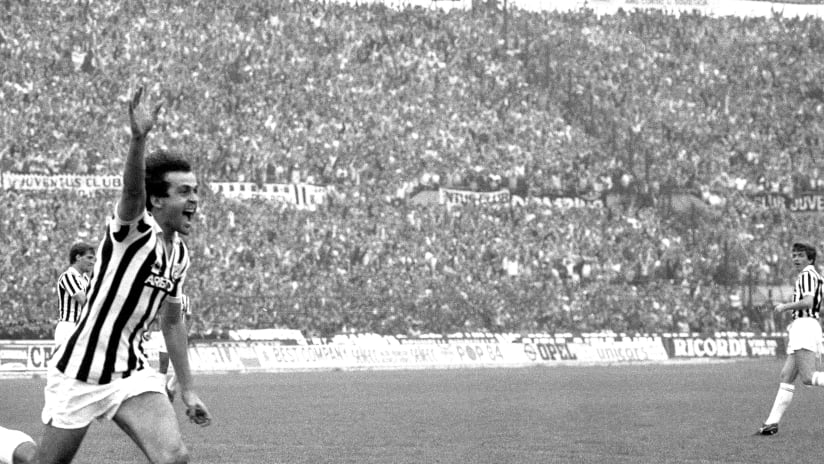
7. THE JUVE THAT WINS EVERYTHING
Starting in the 1970s, the bond between the family and Juve was strengthened: from 1971 the Juventus presidency was in the hands of Boniperti, who in 20 years (until 1990) would lead, independently, but with Agnelli always by his side, with Juve winning every international trophy possible.
Those were memorable years, which every fan who has a few decades behind them still remembers with a shiver. In 1977 Juve left behind the disappointment of a Scudetto left to the "cousins" the year before and, from being known as the Lady of Italy, become the Lady of Europe.
Fisrt the UEFA Cup, the the Cup Winners' Cup, but to complete the triptych of marvels, only one is missing: the Champions' Cup. It came within reach in '72, but the Bianconeri bowed out to Johann Cruijff's immense Ajax in the final, before once again falling short 11 years later, conceding a wonder-goal on nine minutes on that fateful night in Athens on May 25, 1983. An unrecoverable goal, the disappointment from Greece broadcasted live on the television screens of all Italian fans. Many do not sleep that night.
And many won't sleep - due to the images seen live or on television - a few years later, when the long-awaited Cup finally arrives: 29 May, 1985. Juventus beat Liverpool at Heysel, but the only word that is in everyone's mind and, still today, in everyone's hearts, is precisely: Heysel. A night too tragic to remember what happened on the pitch.
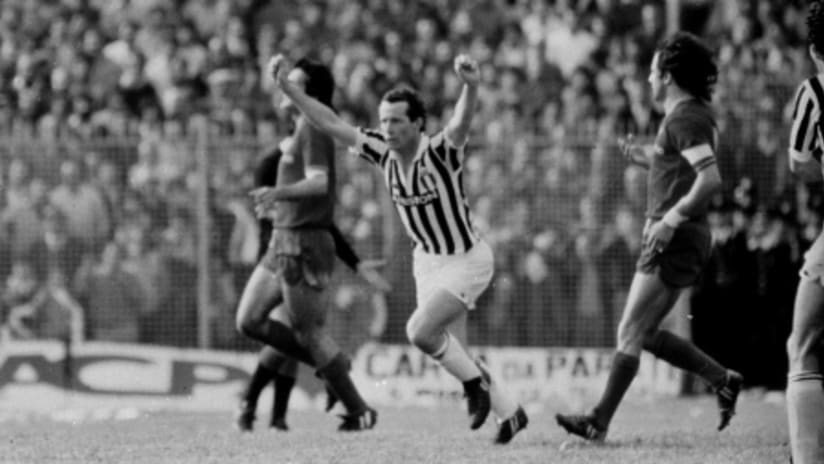
8. THE SECOND STAR
1982: on the last day of the season, Juve were on equal footing with Fiorentina, yet victory in Calabria earned the Scudetto following a draw by La Viola. The day was May 16, a day on which a certain protagonist will most certainly be remembered. That Scudetto, that of the second star, bore the signature of Liam Brady, author of the decisive goal from a penalty kick.
Brady scored the goal that earned the 20th league title and Liam, by scoring it, already knew that it would be his last game in black and white.
From the following season, a rule change allowed two foreigners per team, with Michel Platini and Zbigniew Boniek arriving in Turin.
Brady honoured the black and white stripes up to the last second: another example of Juve Style.
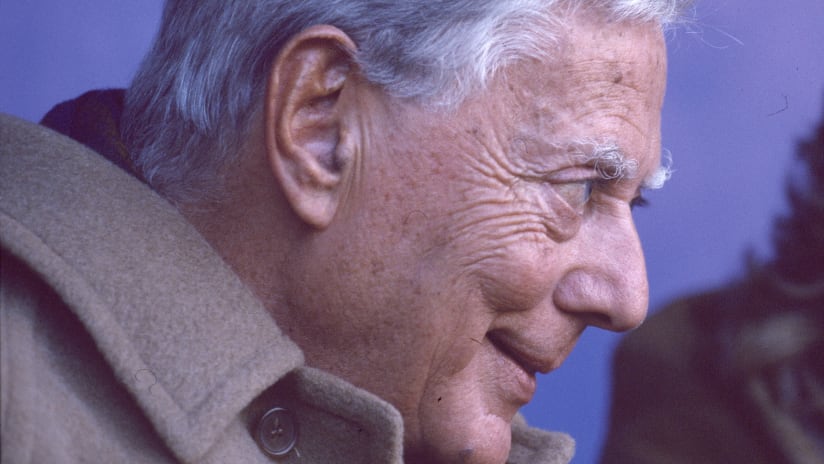
9. 90/2000s
The link between the Agnelli family and Juve strengthens even more. The decades straddling the millennia confirm this: from 1994 to 2004 Umberto Agnelli was Honorary President of Juventus, and from his first year in, 1995, an extraordinary cycle of victories began: five Scudetti, one Coppa Italia, four Italian Super Cups and a European Super Cup.
And above all, that unforgettable night in Rome in 1996, when Juventus returned to the pinnacle of European football, and a few months later, the world as well, with European Cup and then Intercontinental Cup glory.
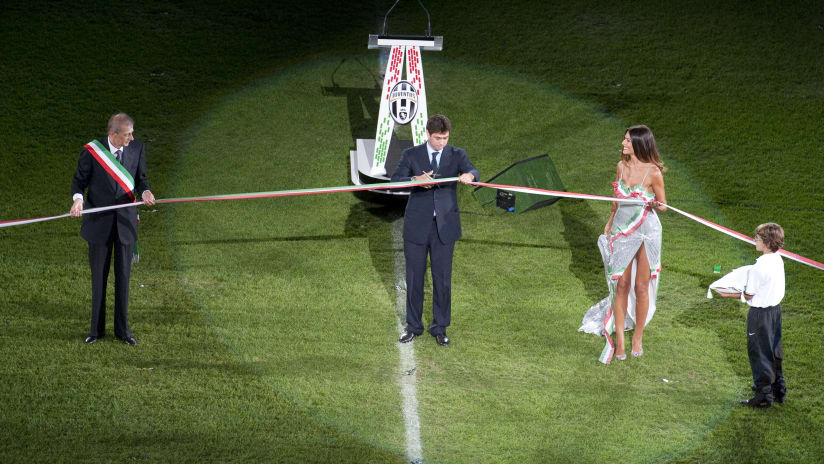
10: A NEW HOME AND AN INCREDIBLE ERA OF SUCCESS
Many things happened thereafter: 2006, when Juve swam in the unknown waters of Serie B before immediately returning the following year. But it was clear that what Juve needed was to rebuild, starting from the foundations.
2008 was therefore the first key year of what would be the new, and current, home of Juventus. On 18 March the Juventus board of directors approved the construction of a new stadium in place of the Delle Alpi; on 11 November of the same year the demolition work began, which immediately made it clear how the new Juventus wanted to change the rules of the game in Italy.
When the construction was completed, three years later, there were over 41,000 seats in place, the closest of which was just seven meters from the pitch. Juve choose to give its facility a name, the Stadium, which was not new in Turin: at the Juventus Museum there is memorabilia that in fact tells of a place called just that, inaugurated on 29 April 1911 in Piazza D'Armi in Turin, but essentially almost never used for football.
Going back to the new stadium, it takes the shape of a ball, becoming a symbol of Turin architecture, an icon of the new Juventus. 8 September 2011 is a date that no one will ever forget: that night an overbearing pride is rekindled, that of the "Juve people".
Once again, Agnelli cut the ribbon on that magical night: Andrea, president from the previous year. Symbolically that very night, years of victories begin which, so many, so continuous and incredible, have never been seen in our history. Nine Scudetti, four consecutive Italian Cups, and then the 102 points, and the two Champions League finals, and the Super Cups... And again, the five Juventus Women's Scudettos, the Italian Cups and Super Cups as they make themselves known, and how, in Europe. And the Serie C Italian Cup, the first glittering trophy of the then Under 23, now Next Gen, side.
